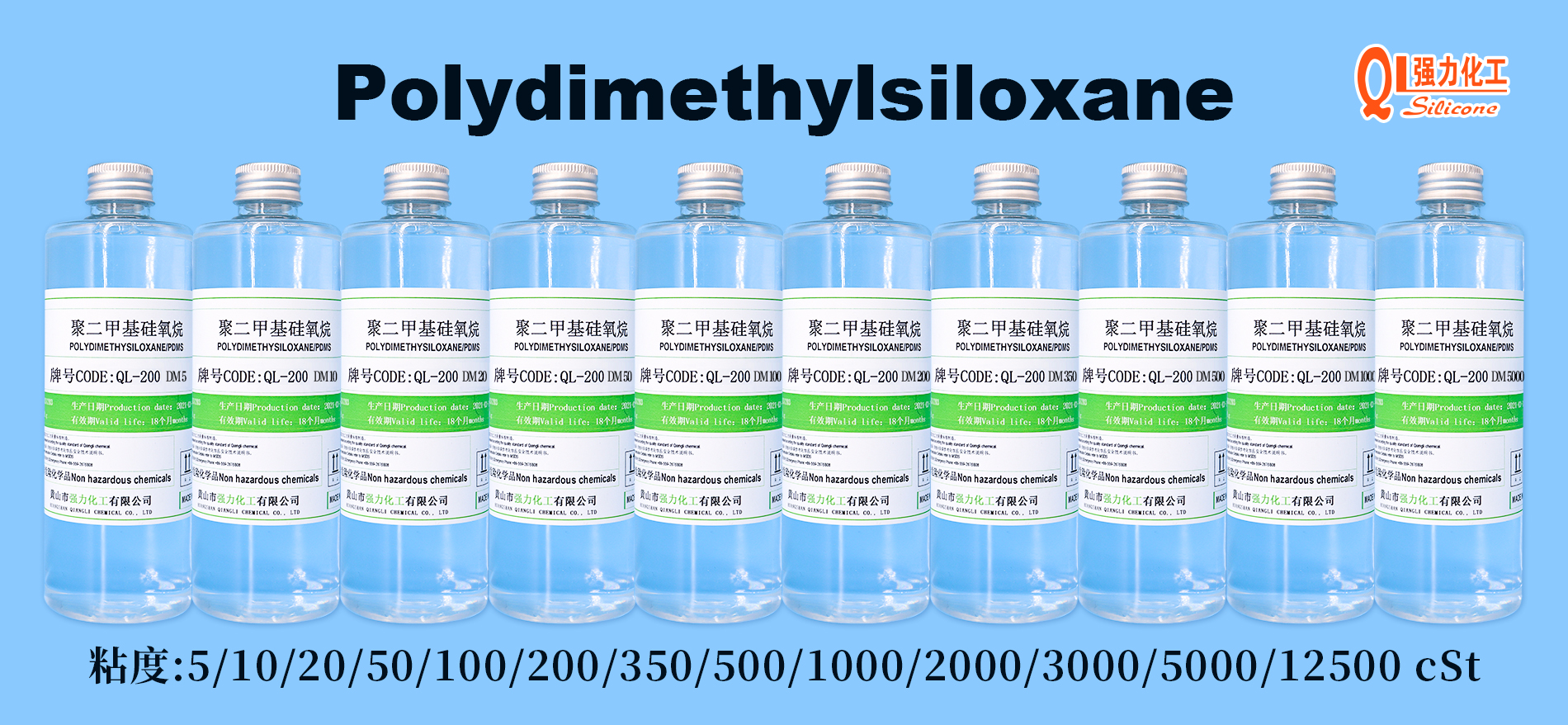
Coatings formulated with silicone resins, heat-resistant pigments, additives, solvents, etc.
Silicone high temperature resistant paint is made up of silicone resin, heat-resistant pigments, additives, solvents, etc. The product has fast surface drying, good adhesion, good flexibility, (single) two-component packaging, and convenient construction. The characteristics of non-stick coatings such as high temperature resistance.The high temperature resistant silicone coating can withstand high temperature (250~800℃) oxidation and other medium corrosion, that is, it can achieve stable physical properties in the above environment, no peeling, no foaming, no cracking, no powdering, no rusting, allowing There is slight discoloration. With the continuous development of industrialization and science and technology, users have put forward higher and higher requirements for the performance and construction conditions of high temperature resistant coatings, not only requiring coatings to have excellent heat resistance, corrosion resistance, oil resistance, Solvent-based, etc., and it is required that silicone coatings can not only be cured by baking, room temperature, and cross-linking, but also cured by some curing accelerators.
There is a well-known saying in the coating industry, that is, "three-point coating, seven-point construction", which shows the importance of coating construction. Only through proper construction methods can we better play the role of high temperature resistant silicone coatings.

1. Crosslinking and curing method of silicone coatings
Before talking about the construction of high temperature resistant silicone coatings, let's talk about the composition and crosslinking curing method of silicone resin. The so-called silicone resin is a polyorganosiloxane with a highly cross-linked network structure, which is composed of methyltrichlorosilane, dimethyldichlorosilane, phenyltrichlorosilane, diphenyldichlorosilane or A mixture of methylphenyldichlorosilane.
The curing of silicone resins is usually achieved by the condensation of silanols to form silicon-oxygen chains. When the condensation reaction is carried out, due to the gradual reduction of the silanol concentration, the steric hindrance is increased, and the fluidity is deteriorated, resulting in a decrease in the reaction rate. Therefore, in order to fully cure the silicone resin, heat treatment must be carried out, and a catalyst must be added to speed up the reaction. The ratio of methyl functional groups to phenyl functional groups in the silicone resin also greatly affects its performance. Generally speaking, the lower the phenyl content, the faster the condensation rate and the softer the resulting paint film; the higher the phenyl content, the harder the resulting paint film. In addition, the introduction of phenyl groups can improve the wettability of silicone resins to pigments, the compatibility of silicone resins with other resins, and the adhesion of silicone resins to various substrates.
There are roughly three ways to cross-link and cure silicone resins: first, the use of hydroxyl groups on silicon atoms to conduct shrinkage polymerization and cross-linking to form a network structure, which is the main method of cross-linking and curing of silicone resins; second, using silicon atoms The vinyl group connected on the silicon atom is cured by using organic peroxide as a medium, which is similar to the vulcanization of silicone rubber. Based on the above considerations, a reasonable construction plan for silicone coatings is formulated.
2. Pretreatment of silicone coating construction
Silicone coatings are generally applied on metal components. First, the metal components must be pre-treated. The pre-treatment procedures are as follows:
(1) First remove impurities such as welding slag, burrs, oil stains, etc. produced by metal components during processing.
(2) Carry out degreasing treatment to improve the cleanliness of the workpiece surface and reduce the oil pollution of the sand shot.
(3) Carry out sandblasting and rust removal. The compressed air used for sandblasting must be oil-free and water-free. The compressed air pump should be equipped with an oil-water separator. The compressed air should be filtered during use, and the oil-water separator and air compressor should be drained regularly every day to ensure that the compressed air is dry, clean, and sprayed. The abrasive should be dry and clean. Under normal circumstances, the rust removal grade of the metal surface should be carried out in accordance with the relevant regulations in the "rust grade and rust removal grade of the steel surface before painting". (4) After sandblasting, the oxide layer, rust and dirt on the surface of metal components should be completely removed, and dry compressed air or a clean brush should be used to remove dust and residual impurities on the surface of the workpiece.
(5) In order to achieve a better coating effect, a large amount of cleaning solvent should be used to clean the workpiece after sand blasting, and the related tools and utensils used must also be clean and oil-free.
(6) The treated workpiece cannot be touched by hand, and the maximum time allowed for the workpiece to be stored is not more than 2 hours. If it is stored for too long, the surface of the workpiece will rust and affect the quality of the paint film.
(7) If the pickling and phosphating treatment process is selected, the phosphating process should be cancelled when the ambient temperature of the workpiece exceeds 350 °C, because the phosphating film will be damaged when the temperature exceeds 350 °C.
(8) Finally, it should be painted as soon as possible, and the shorter the painting interval, the better. Before painting, if contamination or rust is found, it should be reprocessed to meet the rust removal grade standard.

3. Construction of silicone coatings
Before the construction of the silicone coating, starting from the ingredients, according to the requirements of the manufacturer, the construction environment and the workpiece, adjust the viscosity of the coating with a special matching thinner. Approximate dosage of thinner: airless spraying, about 5%~10% (based on paint quality, the same below); air spraying, about 15%~30%; brushing, about 10%~20%. Different manufacturers, different coating products, the amount of thinner is also different; in addition, during construction, the thickness of the coating should be checked at any time according to experience, and if the thickness does not meet the specified requirements, it should be repainted in time; before the coating film is dry or next time Before spraying, the coating film should be well protected to prevent contamination or damage; after spraying, the surface of the coating film should have no flow marks, no leakage phenomenon, the coating film thickness should be uniform, the color should be consistent, and there should be no roughness, sagging, cracks, etc. Defects such as blistering and peeling.

Under normal circumstances, silicone coatings are all applied by spraying, and the following points should be paid attention to in spraying construction:
(1) Any coating construction must meet the specified temperature and humidity conditions, and silicone coatings are no exception. The best ambient temperature for silicone coating construction is 5~40℃, and the ambient humidity is 25%~85%.
(2) It is very important to install an oil-water separator in the air compressor, and to drain the oil-water separator and air compressor regularly every day.
(3) Before painting, mask the parts that do not need to be painted, such as wedge grooves, shaft holes, finishing surfaces and some special parts.
(4) Before painting, strictly check whether the painting equipment is clean and dry. If there is pollution, it must be dealt with to make it meet the corresponding requirements before painting.
(5) When mixing paint, it is strictly forbidden to use gasoline and water. It is better to use special thinner to adjust the viscosity of paint.
(6) After the spraying tools are used, they should be cleaned in time, kept clean and dry, and will be used next time.
(7) The surface of the paint film should avoid human trampling and mechanical damage during handling.
(8) Try to use environment-friendly high-solid silicone coatings, especially the types of coatings produced by branded coatings manufacturers.
(9) Curing according to the drying conditions required by the silicone coating products to ensure the quality of the paint film.




